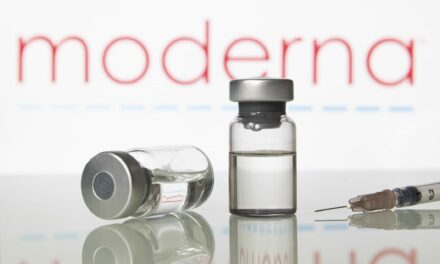Cleveland Clinic researchers have discovered a potential new therapy for the millions of asthma sufferers who are not responding to traditional treatments.
In a study using asthmatic mice, researchers found that existing drugs designed to treat pulmonary arterial hypertension can combat asthma by opening airways and restoring normal breathing. The findings may offer an alternative to the current bronchodilator therapy, which is ineffective for as many as 40% of people with asthma.
“We have discovered a new class of bronchodilators,” or drugs that can expand airways, said Serpil C. Erzurum, MD, chair of the Department of Pathobiology at Cleveland Clinic. “These studies offer hope for asthma patients who are resistant to traditional treatment.”
Because some of the drugs have already been approved by the FDA, human clinical trials could proceed relatively quickly, she noted.
The drugs — including riociguat and cinaciguat — activate a smooth muscle enzyme called soluble guanylate cysclase, or sGC, which normally binds with a signaling molecule called nitric oxide to dilate the bronchi, the main passageway into the lungs. During inflammation, however, sGC becomes desensitized to nitric oxide, and the airways remain constricted.
The research team, led by Erzurum and Dennis Stuehr, PhD, both of Cleveland Clinic’s Lerner Research Institute, had previously shown that nitric oxide levels are elevated in asthmatic lungs and are associated with higher levels of inflammation and disease severity. In the new study, they showed that the sGC-activating drugs were able to dilate, or open, constricted human lung tissue even without nitric oxide present.
Moreover, the drugs reversed airway hyper-responsiveness in mice with allergic asthma.
The results, to be published in the Proceedings of the National Academy of Sciences, suggest that activating sGC with these drugs would be effective at treating allergic and inflammatory asthma. In other words, Erzurum said, existing drugs can be repurposed to bring relief to many more asthma sufferers.
The leading treatment for asthma, bronchodilation, provides little to no relief for 10 to 40% of asthma sufferers, researchers say.
“We discovered that these pulmonary hypertension drugs, and drugs like them, seem to work really well,” said Stuehr, who is also a researcher in the Department of Pathobiology in the Lerner Research Institute. “And because they work in a different biological pathway, they really could help these people who are resistant to bronchodilation.”









